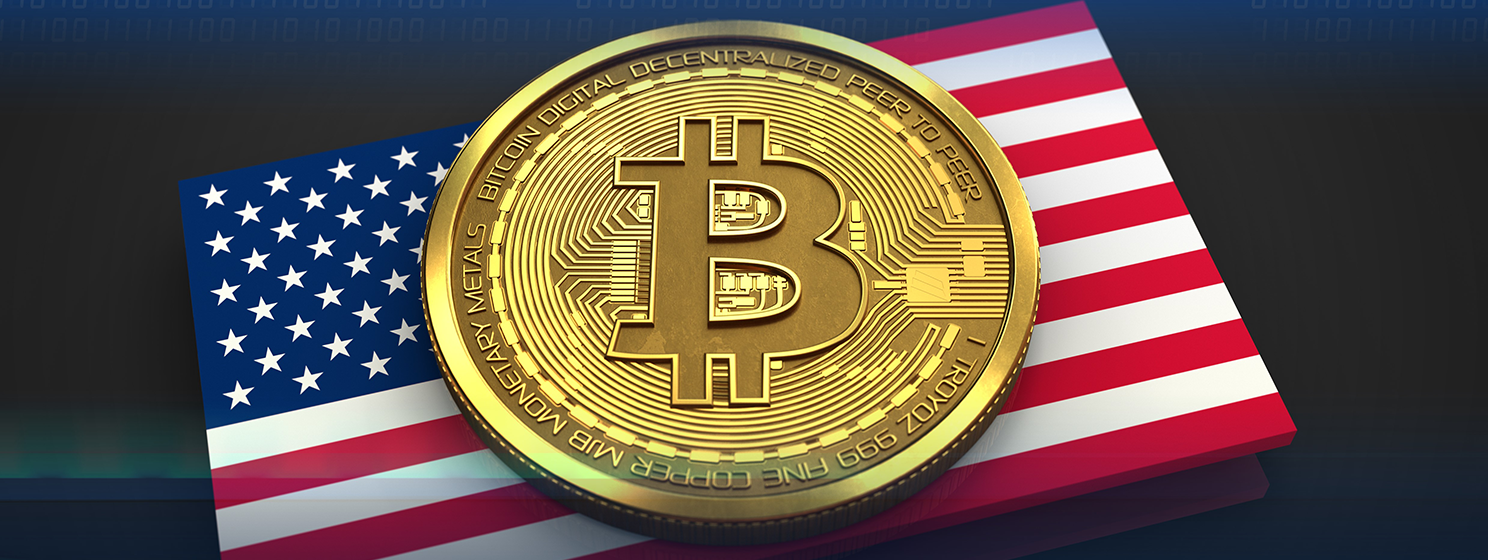|
Getting your Trinity Audio player ready...
|
Earth Day is here again. However, you choose to acknowledge the occasion, it’s always good to spend some time thinking about how to work smarter. A rock-solid, secure, and trustworthy blockchain network relies on proof-of-work (PoW) to function. BSV uses the energy this requires more efficiently than any other network. We could say the BSV blockchain works smarter simply by existing. Put it to good use, and it can also help find efficiencies in other industry sectors.
Earth Day is a campaign by the organization Earth Day Network (EDN). Since 1970, it has had a mission to mobilize a billion people annually, on a single day, to participate in an action to protect the planet. Each year has a theme, and this year, it’s “Our Power, Our Planet” with a focus on energy issues.
According to EDN’s website, this means to “make smart energy choices for your family and demand rapid renewable energy deployment from your governments, industries, and businesses.” While deploying renewables is something any PoW blockchain network could be doing, in the BSV industry, we also like to look at smart energy choices from another angle: making better use of available energy.
As we’ve noted many times before, “Blockchain is an economy of scale”. This basically means that the more people use blockchain technology to secure and verify data, the more efficient it becomes. It also becomes more resilient and more trustworthy, whether you’re using it for simple financial transactions or data records like property ownership, environmental and health records, government services, or business contracts.
The BSV blockchain’s capacity to scale unboundedly, at high speed and low usage costs, makes it the perfect network to build this economy of scale. BSV was even declared the “most energy efficient” proof-of-work blockchain network in a Canadian accounting firm MNP report. It’s versatile in that it can be used to secure any kind of data in any volume, meaning it has as many potential use cases as the Internet itself.
If a blockchain network consumes the same amount of power as a small- to medium-sized country for the sole purpose of recording financial transactions for a small group of price speculators, then accusations of inefficiency and wastefulness become valid. However, if that network is being used to record and share scientific research, track weather data and
environmental conditions for agriculture, verify official documents, or tokenize and trade assets in the physical world, its energy demands become more reasonable. For an emerging example of use cases justifying consumption, let’s briefly look at artificial intelligence (AI).
AI, data centers creating exponential increases in energy demand
In recent years, AI and machine learning have grabbed the spotlight away from PoW block reward mining regarding energy consumption and requirements. Estimates of the exact requirements can be vague or speculative, but some claim the amount of energy needed for machine learning training and inference has doubled every six months since 2010 and is due to grow exponentially as individuals, governments, and large enterprises rely on these systems for decision-making.
PoW mining, according to current research, comprises about 0.4% of global electricity demand annually—equivalent, as it’s often said, to countries like the Netherlands or Pakistan.
One projection for 2026 is that Bitcoin mining will require 160 TWh. AI is slightly less at 100–134 TWh, but that’s for
generative AI alone—total demand for data centers could surpass 1,000 TWh. AI is also growing rapidly, more so than PoW mining.
These figures haven’t led to calls to reduce machine learning activity, rather the opposite. There are renewed calls to build new nuclear power plants, including research into smaller reactors constructed to supply energy to specific operations and a Microsoft (NASDAQ: MSFT) initiative to restart operations at Pennsylvania’s notorious Three Mile Island plant. Proposals like these to supply PoW mining would raise eyebrows at the very least and more likely produce strong opposition.
The main difference in attitudes between these two industry sectors is due to a perception that AI is of vital strategic importance in economics and geopolitics. On the other hand, Bitcoin/block reward mining is still seen as a frivolous pursuit based on speculative price trading for a relative minority of the population.In a way, the blockchain industry can thank AI for a couple of reasons: it has created the mainstream narrative that energy consumption in pursuit of technological advancement is a net good, and it has also led to estimates and projections being made for “data centers” in general, without differentiation between what those data centers are doing. This has taken some of the heat (so to speak) off PoW mining for now.
By looking at actual use cases, it’s still important to consider what additional benefits an energy-efficient blockchain can deliver besides just existing.
BSV use cases can, in fact, ‘protect the planet’
Over the years, we’ve seen several examples of the BSV blockchain being used to track environmental data. The latest example is WeatherChain, from SmartLedger and SmartGrow Agritech. The project uses an array of simple yet powerful Internet of Things (IoT) sensor devices called “Tempest.” These solar-powered devices gather information on various environmental conditions relevant to farmers, including air pressure and wind, temperature/humidity, and storms.
In the past years, other projects have performed similar functions with the same goal: to create auditable records of conditions that assist in environmental research and action. Data collection can be automated and uploaded to the blockchain’s “universal ledger of truth,” where anyone can access and verify its authenticity. And it would still be verifiable a century from now. Another SmartLedger project, Proof of ESG, aims to combat “greenwashing” or false claims of environmental-friendliness.
Though not directly concerned with improving the environment, projects that generate millions of transactions, like
mintBlue and Gate2Chain’s Trace, also help to automate human labor and reduce demand for physical paper. How? By making digital business records secure and verifiable to a legal standard.
All the above projects are examples of BSV blockchain’s “economy of scale.” By making blockchain networks more versatile, it makes them more energy-efficient. It’s even feasible for blockchain records to track energy usage, as well as supply and demand, whether the source is renewables, nuclear, or fossil fuels.
Clean energy and renewable sources may be a noble goal, but it’s far from certain if the entire global economy can make that transition in the foreseeable future. The growth of the artificial intelligence sector is a tacit admission of that with its research into powerful but low-CO2 energy sources like nuclear. Earth Day asks us to look at energy usage and question how it’s being used. There are many answers to this, and an efficient/scalable blockchain is just one, but given the world’s ever-increasing reliance on data, it could be a major.
In order for artificial intelligence (AI) to work right within the law and thrive in the face of growing challenges, it needs to integrate an enterprise blockchain system that ensures data input quality and ownership—allowing it to keep data safe while also guaranteeing the immutability of data. Check out CoinGeek’s coverage on this emerging tech to learn more why Enterprise blockchain will be the backbone of AI.
Watch | Bryan Daugherty: Proof of ESG initiative through a sustainable blockchain

 09-10-2025
09-10-2025 





